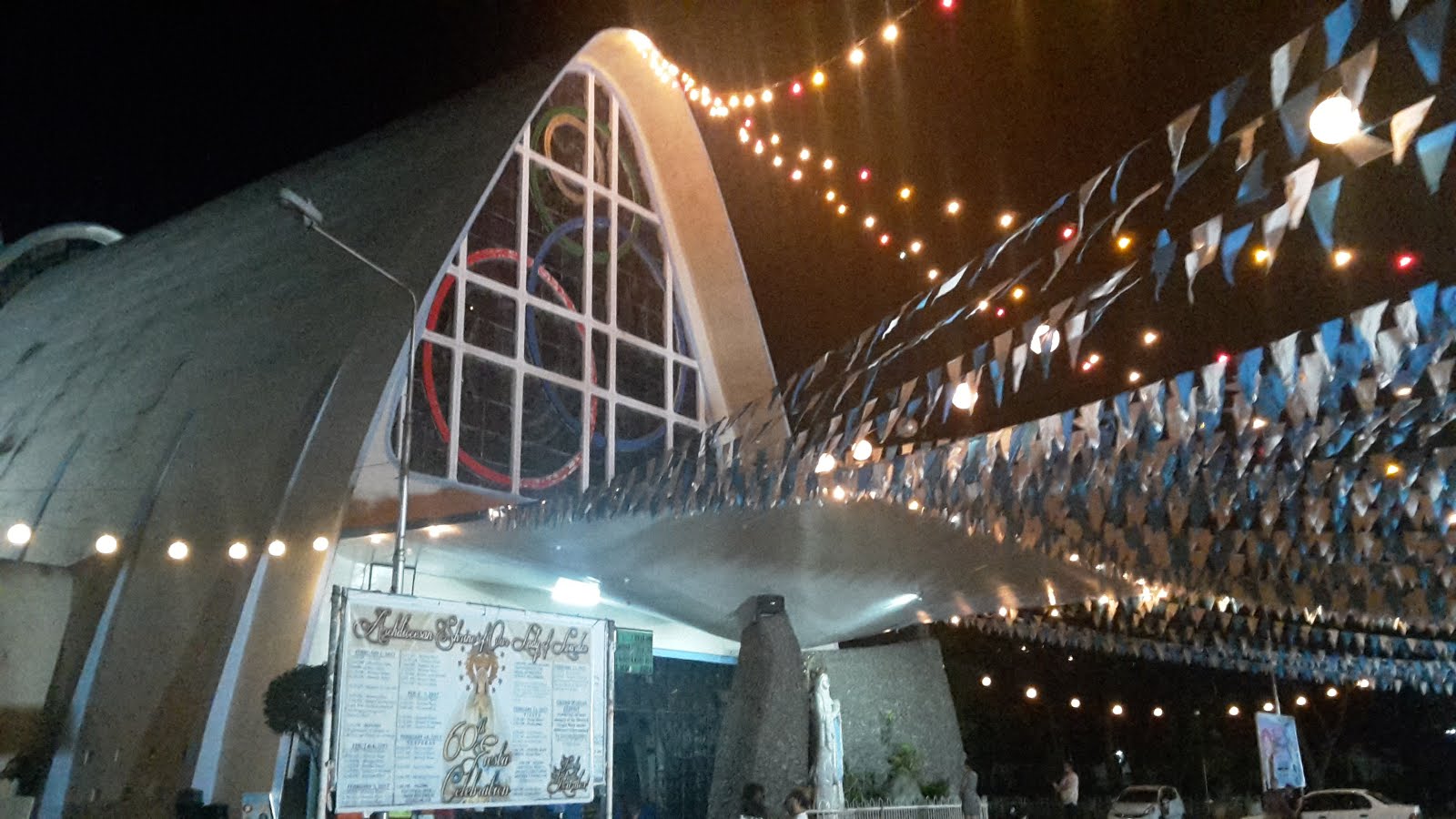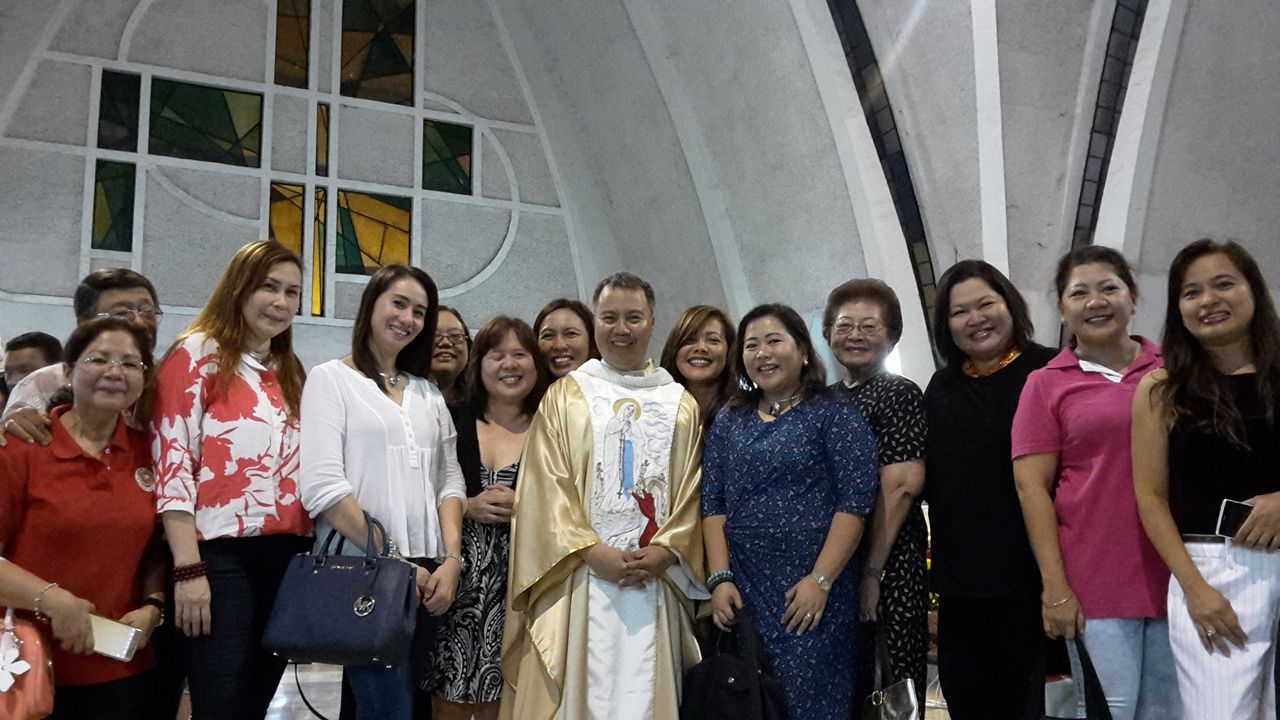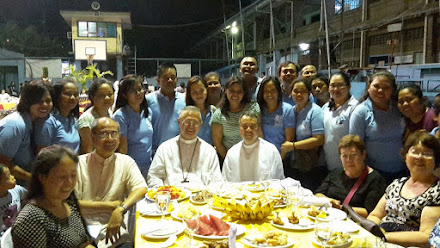For the past two Saturdays of July, the football field of Don Bosco Seminary in Lawaan, Talisay City has been swarmed by more than 50 elementary boys from Grade 2 to Grade 5 eager to learn football. Since the rise to fame of the Philippine Azkals, this sport has drawn the attention of the country. Many have been caught up by the football frenzy especially that the Azkals have earned a slot for the second round of the World Cup qualifier for the first time in this country’s football history. Not to be outdone, Mr. Reynaldo Singco, Elementary Principal of Lawaan Elementary School, began to dream of having a representative in this sport for the District of Talisay. Now with the support of the Don Bosco Past Pupils of Lawaan (DBPPOL) this dream is slowly becoming a reality.
Some members of the DBPPOL have formed a Football Club and call themselves Razkals FC. They have committed themselves to train these elementary boys every Saturday from 1 to 4 PM in the basics of the sport. The aim is to come up with a 15-member team. Thus Coach Rhosner Bollozos, chairperson of the DBPPOL Razkals FC, announced to the eager participants at the very start of the football clinic: “I insist on discipline and punctuality.” It is also a dream come true for the Football Club who whose members are more than willing to pass on their skills especially to the grassroot level. “We have to start them young to hone their skills,” says another football enthusiast Kit Sigue.
Football is a sport we Filipinos can excel. We have the agility, the speed and gracefulness that can turn us into a football powerhouse. But It’s still a long dream to the World Cup 2014. And the solution is to start at the grassroot; to the elementary boys who can acquire football skills to become champions. To achieve this dream we start now. We pass on the skills. Keep dreaming. Let’s keep believing. We keep sowing though the harvest is still a long way to go.
This Sunday’s Gospel speaks about the sower who went to sow. The sower shows his prodigality in wasting seeds. And they landed on different types of soil. Some to the rocky ones or thorny ones but also to the rich soil. God’s Word can grow abundantly and fruitfully in a receptive soul. Yet God’s grace can also make miracles in harden hearts. After all it is His grace who can turn saints out of sinners. What is important we keep on sowing the seeds in season and out of season.
Once, after my mass in St. Joseph Parish, Tabunok, Talisay, I happened to meet my former Christian Living Teacher in my elementary days at the University of San Carlos, Miss Sabellano. I introduced myself to her since she did not recognize me immediately. Perhaps it was due to poor eyesight. From her looks, I guess she was now in her 70s. When I asked her what she was doing, she said “the usual thing I love --- teaching religion.” She said she was retired but “not tired.”
Since her younger days she had been sowing seeds. Even after retirement she is still at it. Perhaps up to the very last ounce of her life. She keeps on sowing. Non-stop. Amazing! Who knows how many seeds she has sown to receptive students. I received the gift of vocation through her. Perhaps many more of her students have become better nurses or lawyers or engineers from little seeds she has sown in their hearts. Only God knows how many have become better persons from her effort.
Jesus tells us to keep sowing; to go and teach. We should not stop. God gives us seeds to sow in each of our status in life whether as parents, teachers, coaches, priests or bishops. We may not be the perfect instruments but in God’s mysterious designs He can transform our mess into inspiring messages.


